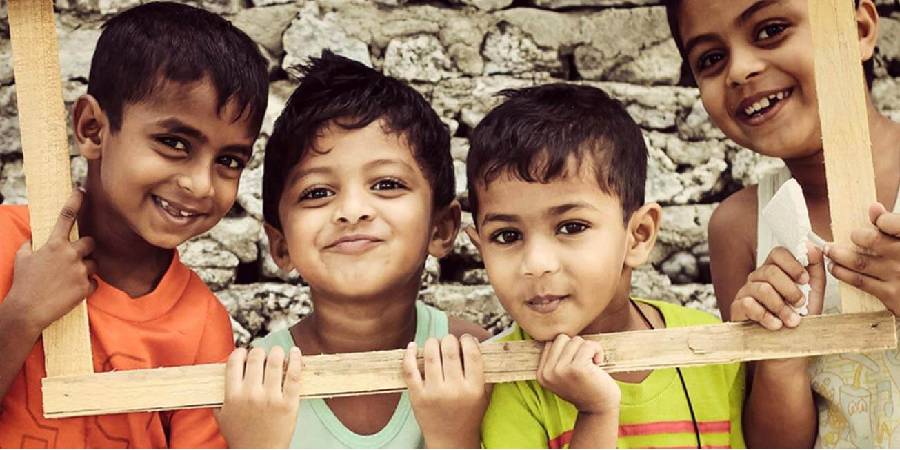No products in the cart.

COVID-19 Pandemic Exposes Gaps in India’s Child Education
-
by
admin
The COVID-19 pandemic has placed the lives of millions of children at risk, according to the recent UNICEF report. The UNICEF report predicts a substantial spike in the number of children living in poverty due to social and economic repercussions of COVID-19 and suggests that the pandemic can push an additional 120 million children below the poverty line within the next six months.
The side-effects of the COVID-19 pandemic, including the lockdown and other measures, are damaging for children in numerous ways. “But the long term impact of economic crisis on children will be on a different scale mostly. Without urgent action now, COVID-19 could destroy the hopes and futures of an entire generation.
With the state health facilities focussed on reducing the impact of the corona virus, many of the children from poor communities are no longer getting the treatment they need for other illnesses. The situation was further aggravated by imposition because of nationwide lockdown and the subsequent suspension of public transport, the report said.
Apart from this, inaccessibility of the factors like nutrition, vaccination and other health services could increases the problems. It could also leads to loss of lives, with estimates suggesting around 8,00,000 children aged 5 and below will lose their lives in the next year, with high mortality rates expected in India.
Experts are saying that the malnutrition is the main problem which could endanger the lives of Indian children, particularly. Access to the education could also hamper progress. In absence of this economic disparity, more children are being to be forced to go for work and will put their lives at risk. The children are being away from learning for a number of months. Rising the concern over reverse migration in view of lockdown, the reports said the devastating impact on children were apparent in many states of India.
In the India, one focus of concern has been the large number of children held in detention and care centres prior to the trial proceedings. An appeal by the UNICEF to Supreme Court led to an order for their release, and work is now underway to find suitable family-based alternatives. More than 1,500 children had been placed in alternative care arrangements.
According to the reports, immunization, nutrition and also other vital health services are been severely disrupted, potentially threatening the lives of up to 4,59,000 children and mothers over the next six months. In India, schools have impacted 247 million children enrolled in elementary and also secondary education and 28 million children who were attending pre-school education in anganwadi centres.
This is in addition to the more than 6 million girls and boys who are already out of school prior to the COVID-19 crisis. The scale and the depth of financial hardship among the families threatens to roll back the years of progress in reducing child poverty.


